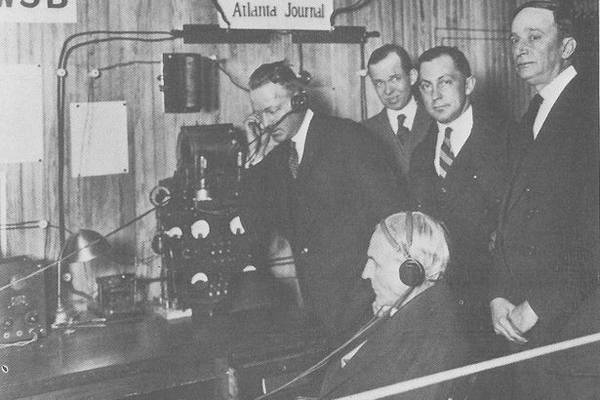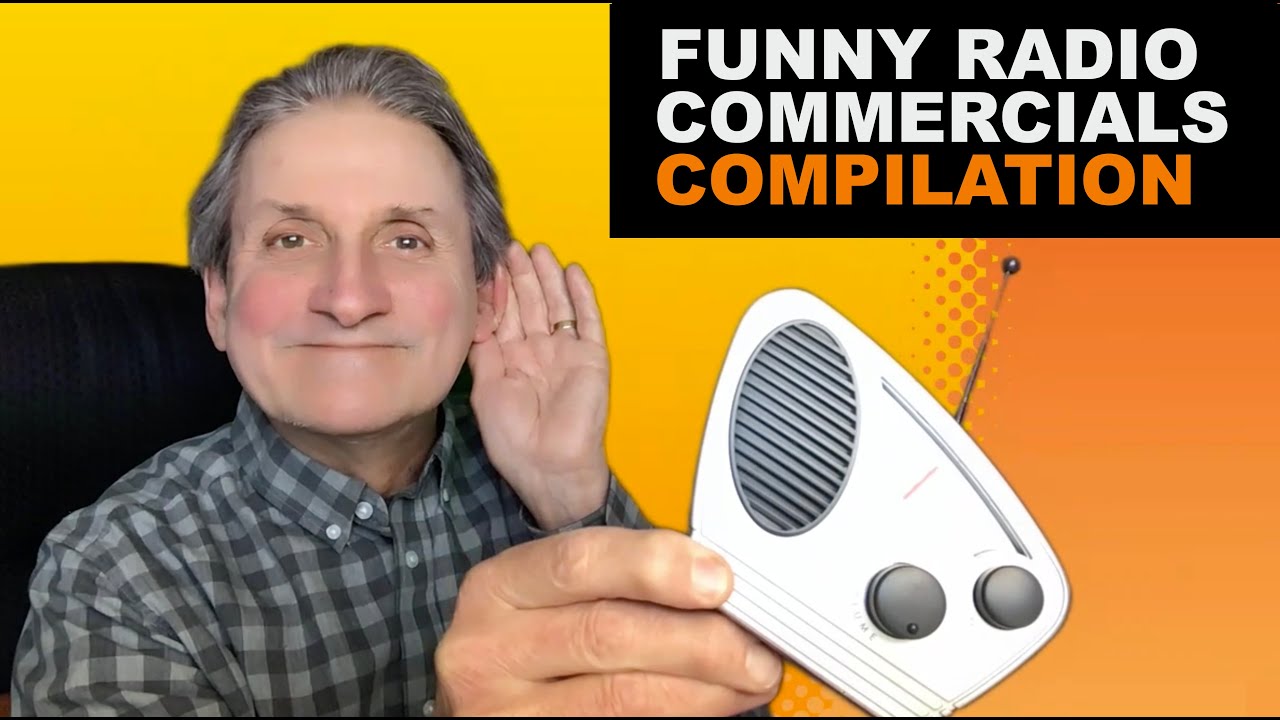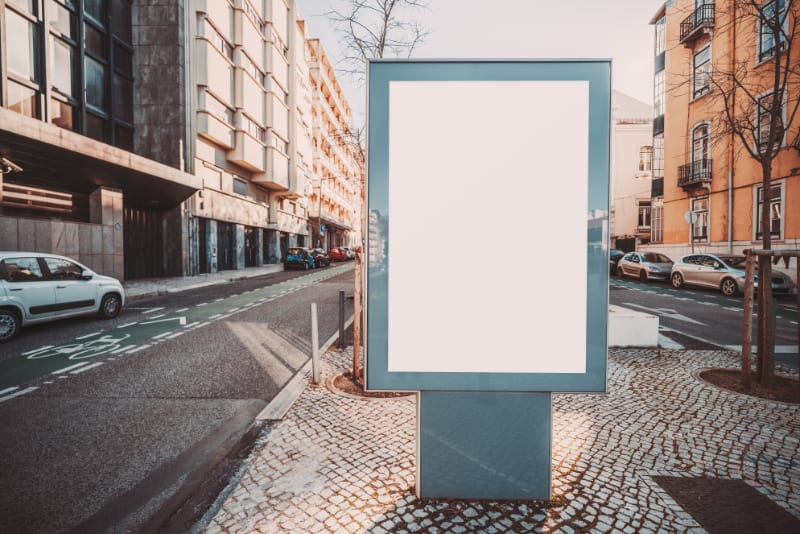
A TV advertisement is a great way to get your name out there, increase your business's visibility and possibly drive sales. It can be hard to promote an effective ad campaign. There are many strategies and tools that you can use to achieve your goals.
First, you need to find out who your market is. Once you know who you are targeting, you can start brainstorming some creative ways to get them to interact with your brand. If you have an online store, you can leverage your advertising campaign to increase sales or attract new customers.
You can measure television advertising to make sure your ads get enough attention. To help you measure which ads are delivering the best return on your investment, you can turn to one of the many available tracking tools. These tracking systems will give you detailed reports on how your ads are performing and the most important metrics. Analytics tools will also help you to identify which spots are generating attention the most and how often they are displayed.

There is no magic bullet for measuring the effectiveness and impact of TV ads. However, it is possible to identify which spots generate the most attention with the best bang for your buck. This will allow you to optimize your advertising campaigns to maximize your return on investment.
The best thing about a TV advertising campaign is its ability to be highly targeted. Contrary to other advertising forms, your ad will be seen repeatedly by many viewers without them skipping it. Many viewers will watch their favorite shows over and over again on TV. Your ad might have more time to win them over than other media.
A TV ad campaign is, for the most part a costly proposition. Producing your ad will cost you the salaries of your editors and your equipment. Additionally, you will need airtime. However, if you are able to get a good deal on your ad, you may be able to save on the overall costs of your ad.
How to make the most of your TV ads? First, identify a specific audience and then find a way that you can reach them. Using social media, for example, can be a great way to do this. This allows you to gauge the buzz surrounding your brand via conversations on social media.

You can achieve the best results by choosing a targeted but small group of people to target. Another trick is to select a niche which is less saturated. This can avoid your ad appearing on too many channels that don't appeal to your niche.
FAQ
What is an advertising buyer?
An advertiser can buy advertising space in TV, radio, or print media.
Advertisers are charged for the time their message will appear.
They are not necessarily looking for the best ad but rather what is most effective at reaching their target market.
Advertisers may have demographic information such as the age, gender, marital status, income level, occupation, hobbies, and interests of their customers.
This information can be used by advertisers to decide which media works best for them. For example, they might decide that direct mail would be more effective with older audiences.
Advertisers also check out the competition. Advertisers may decide to place their ads in close proximity to similar businesses.
In addition, advertisers consider the size of their budget and the amount of time they have to spend their money before it expires.
What are the basics of print advertising?
Print advertising can be a powerful medium for communicating with customers. Print advertising is used by many companies to promote their products and services. It is designed to attract the attention of the customer.
Print ads are usually one page in length and can include text, images and logos. They may also include sound, animation, video, and hyperlinks.
The following are the main types print advertisements:
1. Brochures - These are large format printed pieces designed to attract people into stores. Brochures are filled with eye-catching designs, colorful pictures, and attractive graphics.
2. Catalogues - These are smaller versions of brochures. They are sent to customers who have requested specific information.
3. Flyers - These are small pieces of paper distributed at events such as concerts and fairs. If they are given out at retail outlets, they can be obtained for free, but you must pay for them.
4. Posters - These are larger versions of flyers. They are placed on walls, fences, buildings and other surfaces. They are usually made using computer software programs, which is designed to draw the eye of passersby.
5. Direct mail – These are direct mail letters and postcards sent to potential customers. These cards are sent by companies periodically to remind their customers about their company.
6. Newspaper Ads – These are ads that appear in newspapers or magazines. They are usually very long and contain text and images.
What is the cost of advertising on social media?
If you decide to go this route, you should know that social media advertising is not free. You will be charged monthly depending on your time on each platform.
Facebook - $0.10 per 1,000 impressions
Twitter - $0.20 Per 1,000 Impressions (if you tweet).
Send out invitations on Linkedin for $0.30 per 1000 impressions
Instagram: $0.50 per 1,000 impressions
Snapchat - $0.60 for 1,000 impressions ($0.40 Per User)
YouTube - $0.25 for 1,000 views
Tumblr Text Posts - $0.15 Per 1,000 Impressions
Pinterest - $0.05 per 1,000 impressions per month
Google + - $0.15-$0.20 per 1 million impressions
Tumblr $0.15- $0.20 for 100,000 impressions
Vimeo – $0.20- $0.25 Per 10,000 Impressions
Soundcloud: $0.20-$0.25 Per 1 Million Plays
StumbleUpon - $0.20 -$0.25 per 1 billion pageviews
Digg - $0.20- $0.25 for 1000 diggs
Reddit: $0.20-$0.25 for 1000 comments
Wordpress - $0.20 to-$0.25 for 500 comments
Flickr - $0.20 -- $0.25 per 5,000 photo uploads
What is the best way to advertise online?
Internet advertising is an integral part of any business strategy. It is a cost-effective way for companies to reach potential customers. There are many options for internet advertising. Some are free, while others require payment.
You can also advertise online using banner ads, pop up ads, search engine optimization, pay-per-click advertisements (PPC), social media marketing (e-mail marketing), and mobile marketing. Each method offers its own advantages and disadvantages.
What is an Ad Campaign?
A campaign is a series advertising messages that are designed to promote a product. This could also include the entire production of these ads.
The Latin word for selling is "ad." Marcus Terentius Varro, 116-27 BC, was the first to use it. He used it as a verb that meant "to make a sales."
Advertising campaigns are usually done by large companies and agencies. They may involve many different media types, including print, television, radio, internet, etc.
Advertising campaigns usually last several months, and they have specific goals. For instance, some campaigns aim to generate awareness while others focus on increasing sales.
What is advertising's main purpose?
Advertising isn’t about selling products.
Advertising is about communicating ideas and values to people who are already interested in what you have to offer. Advertising is about changing minds and attitudes. And it's about building relationships.
It's about helping people feel good about themselves.
But, if you don’t have a clear understanding of your customers’ needs, you will not be able sell anything.
Before you begin any advertising campaign, it is important to understand your customers' needs, wants, and buying patterns.
This will allow you to create ads that resonate with your target audience.
What are your thoughts on television advertising?
Television advertising is a powerful medium to reach many people at one time. It was also very costly. But if you use it correctly, it can be extremely powerful.
Although there are many types of TV ads available, they all share certain characteristics. Planning any TV ad should start with ensuring it fits in its category. Do not attempt to run a lifestyle advertisement as a product advert. Your message should remain consistent throughout the campaign.
Remember that prime-time is the best time for your ads to be aired. This is because many viewers are able to relax in front of the TV while watching. They should be able to concentrate on what you are saying.
The bottom line is that even if you have a lot to spend, it doesn't necessarily mean you'll be able to get great results. The opposite may actually be true. According to a University of California study, commercials that aired on popular TV shows had lower sales than those that aired on unpopular programs. It is important to do the right thing if your TV advertising budget is large.
Statistics
- Nonetheless, advertising spending as a share of GDP was slightly lower – about 2.4 percent. (en.wikipedia.org)
- In 1919 it was 2.5 percent of gross domestic product (GDP) in the US, and it averaged 2.2 percent of GDP between then and at least 2007, though it may have declined dramatically since the Great Recession. (en.wikipedia.org)
- Advertising spending as a share of GDP was about 2.9 percent. (en.wikipedia.org)
- It collects money from the advertisers, keeps 32% for its role in facilitating the process, and the remaining 68% goes to the publisher (you). (quicksprout.com)
External Links
How To
How to place sponsored ads on Facebook
Facebook is one of most-used social networking sites. There are approximately 1.79 billion monthly active users in the world. This number continues to grow every day.
Facebook is completely free. However you can pay to reach specific audiences. You can also opt for paid advertising options such banners or promoted posts.
If you already have an application registered, log into your existing app. Otherwise, click "Create New App." Follow these steps:
-
Click "Add Platform", under the Apps section.
-
Click Continue, then select "Advertising".
-
Please fill out this form and send it back.
-
After approval, you will get a Client ID and Secret key. These keys and Client IDs should be copied.
-
Paste the keys in the appropriate fields.
-
Type the campaign name and choose the currency.
-
Click "Start Campaign".
-
Follow these steps until you see the first banner. Next, copy the URL to return to your Facebook Page.
-
Paste the code into the box provided by Facebook.
-
Click "Save Changes."
-
Your ad should now be live!
-
Repeat steps 10-12 to create each additional banner.
-
Once you are done, click "Continue", and continue with the process.
-
Create your final ad group.
-
To view all your campaigns, click on the "View All Ads” button once you have completed.
-
To delete any ads click on the "Remove Ads” button next to each individual ad.
-
If your campaign is not producing results, make sure you have followed the instructions.
-
You can check the date range for your campaign.
-
Be sure to set your budget correctly
-
Save your changes.
-
Before clicking "Submit", review the settings of your campaign.
-
Allow your ads to appear on the timeline.
-
Bravo for a job well done!
-
Now let's look at some tips for improving your results.